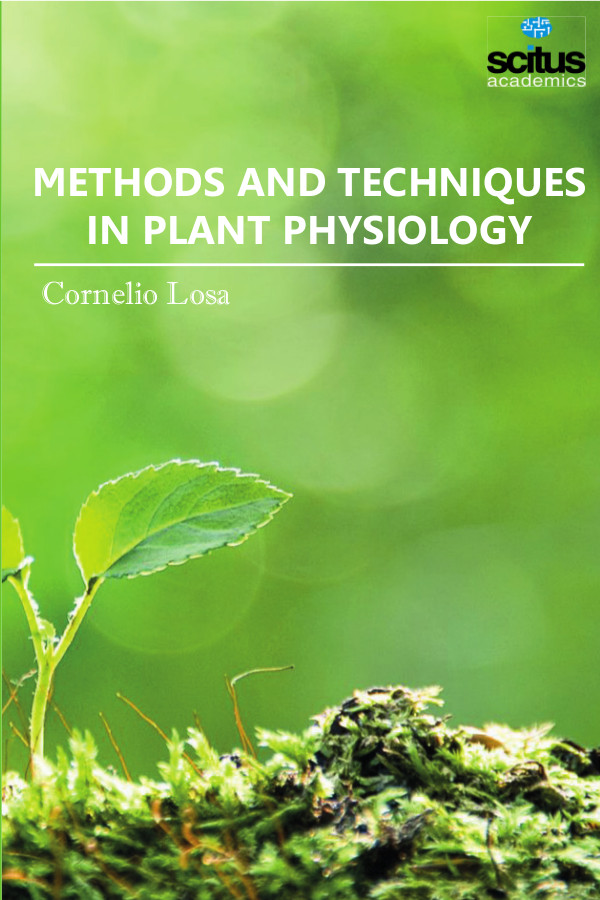Plants are loved by lots of people – in our homes, on our tables as foods, and in hundreds of products we use every day. Plants have many different usages. But how do plants develop from seeds, and how do they grow? This is where plant physiology comes into play. Plant physiology is the study of how different parts of plants function. It includes many aspects of plant life, including nutrition, movement, and growth. Fundamental processes such as photosynthesis, respiration, plant nutrition, plant hormone functions, tropisms, nastic movements, photoperiodism, photomorphogenesis, circadian rhythms, environmental stress physiology, seed germination, dormancy and stomata function and transpiration, both parts of plant water relations, are studied by plant physiologists. Plant physiology includes the study of biological and chemical processes of individual plant cells. Plant cells have a number of features that distinguish them from cells of animals, and which lead to major differences in the way that plant life behaves and responds differently from animal life. This book explores how plant physiology helps us to understand the many functions and behaviors of plants.
Methods and Techniques in Plant Physiology is dedicated to physiology, biochemistry, cellular and molecular biology, genetics, biophysics, and environmental biology of plants. Techniques related to various physiological phenomenon are focus of tremendous interest and importance to plant physiologist, agronomist, horticulturist, ecologist, and biochemists.













